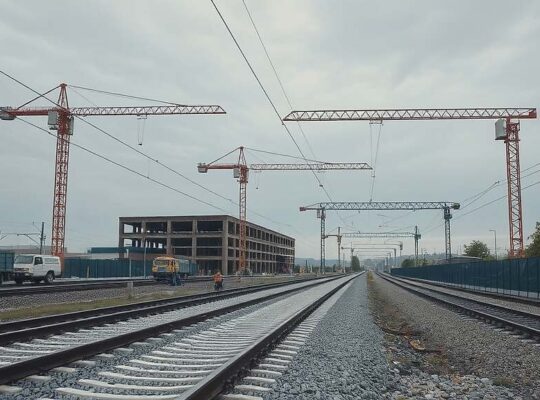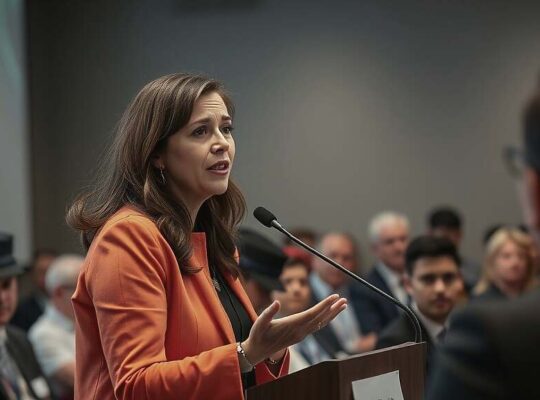The Emerging Trend of Working Retirees and its Implications for Germany’s Social Landscape
New data released by the Federal Statistical Office (Destatis) paints a complex picture of retirement in Germany, revealing a significant and growing number of individuals drawing state pensions while simultaneously engaging in paid work. Initial findings from the 2024 Mikrozensus indicate that 13 percent of individuals aged 65-74 are actively employed, a trend that raises questions about the adequacy of the existing pension system and the potential impact of the forthcoming “Aktivrente” program.
The figures highlight a notable gender disparity, with 16 percent of male pensioners participating in the workforce compared to just 10 percent of women. This difference underscores existing inequalities in labor market participation and the potential impact of traditional gender roles on retirement decisions. The decline in workforce participation with age is consistent, falling to just 8 percent amongst those aged 73-74, suggesting a gradual withdrawal from paid employment within a relatively short timeframe.
Crucially, the data demonstrates a clear correlation between educational attainment and continued employment in later life. A substantially higher proportion – 18 percent – of pensioners with higher education levels remain employed, compared to just 10 percent and 11 percent respectively among those with lower or medium levels of education. This suggests that greater engagement with the labor market throughout a person’s working life leads to a continued desire and capacity for employment even after entering retirement.
The prevalence of part-time work is dominant, with 50 percent of working pensioners identifying as mini-jobbers – those earning below a certain income threshold and benefitting from reduced social security contributions. While 71 percent are employed in standard employment contracts, the remaining 29 percent are self-employed, a group deliberately excluded from the planned “Aktivrente” program, sparking debate about fairness and potential double standards.
The vast majority (39 percent) of working pensioners report working fewer than ten hours per week, followed by 26 percent working between ten and twenty hours. While the prevalence of low-hour working indicates a desire for supplemental income and continued social engagement, the relatively small proportion working more than forty hours (14 percent) raises questions about the potential for this trend to alleviate pressure on the pension system or address labor shortages in key sectors. The higher proportion of self-employed pensioners working extensive hours further complicates the implementation of the “Aktivrente” and points to the need for careful consideration of differing circumstances and incentives.
The observed trend necessitates a deeper analysis of the motivations driving these working retirees, considering factors such as financial necessity, social engagement and personal fulfillment. Furthermore, the data prompts a critical evaluation of the “Aktivrente” program – designed to incentivize continued employment – and its potential effectiveness in addressing the underlying socioeconomic forces at play.












